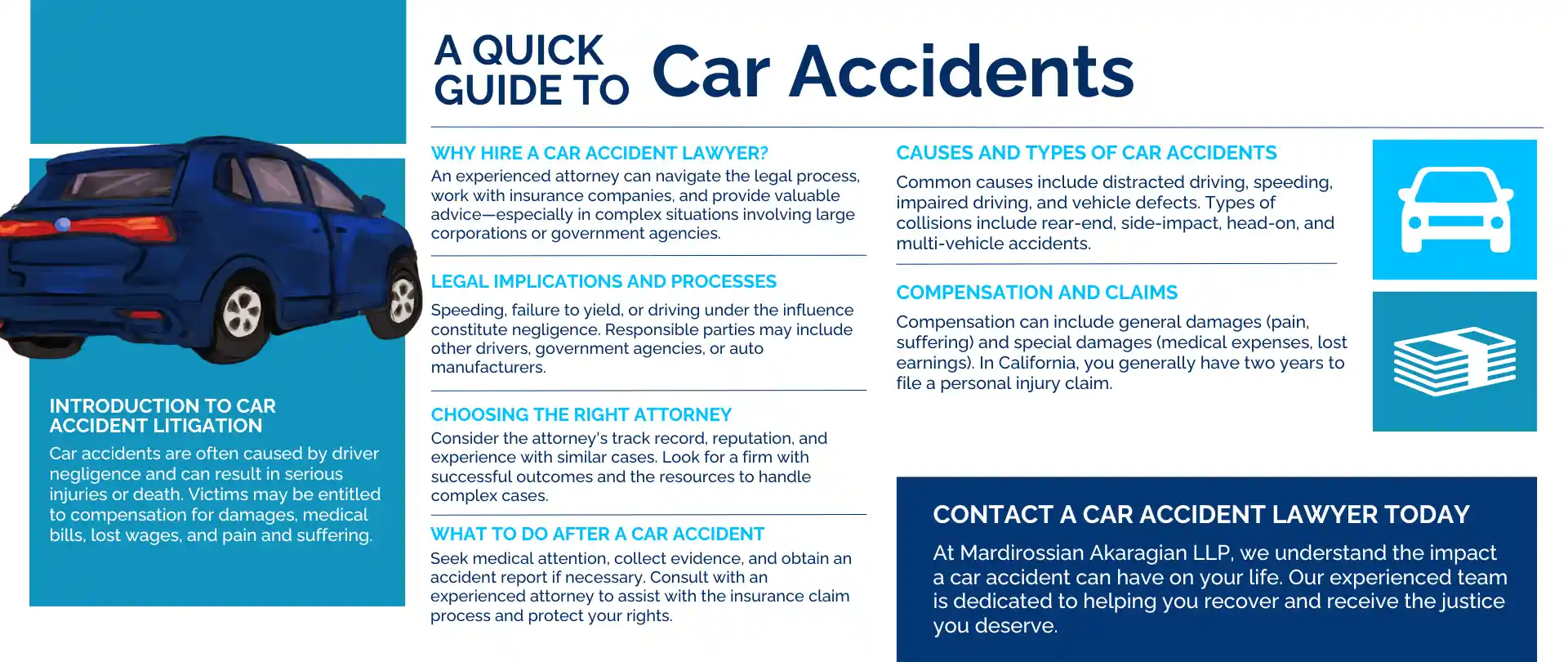Car accidents vary widely, ranging from minor fender-benders to serious collisions involving multiple vehicles. Common types include rear-end accidents, side-impact crashes, head-on collisions, and single-vehicle incidents like rollovers. Each type carries unique risks and potential injuries, affecting how liability is determined and what legal actions may follow. Understanding these differences is essential for drivers, insurers, and legal professionals.
From a legal perspective, the consequences of car accidents often involve questions of negligence, fault, and compensation for damages. Individuals involved may seek guidance from experienced attorneys, such as a car accident lawyer Greenville NC, to navigate claims and protect their rights. Firms like Wayne Hardee Law provide insight into local laws and help clients understand the processes involved, emphasizing informed decisions rather than immediate litigation.
Common Types of Car Accidents
Rear-End Collisions
Rear-end crashes are common and often caused by distracted driving, tailgating, or sudden stops. The law usually assumes the following driver is at fault, but if the leading driver acted unexpectedly or illegally, liability may need further investigation. Injuries like whiplash can take days to show, so prompt documentation and medical care are essential.
Intersection and Side-Impact Accidents
Side-impact or “T-bone” accidents often occur in intersections when one driver fails to yield or disregards traffic signals. Intersection crashes pose complicated questions about right-of-way, and when signals are malfunctioning or missing, liability becomes less clear-cut. Such accidents are among the most dangerous due to the limited protection from side impacts, making thorough investigations and legal documentation essential.
Head-On Collisions
Although rare, head-on collisions are responsible for a disproportionate share of severe injuries and fatalities. These crashes often stem from reckless or impaired driving, wrong-way travel, or overtaking vehicles on two-lane highways. Legal proceedings involving head-on collisions focus intently on driver behavior, gathering detailed evidence such as crash data, sobriety tests, and accident reconstructions.
Multi-Vehicle Pileups
Multi-car accidents, commonly seen on highways during poor visibility or adverse weather, drastically complicate liability. Chain reactions can pin the blame on several parties—sometimes even spanning multiple insurance policies. Eyewitness statements, dashcam video, and third-party accident reconstructions are vital for determining how and why the pileup occurred, ensuring that innocent drivers are not wrongly assigned blame.
Legal Implications: Fault, Evidence, and Compensation
Assigning fault after an accident is rarely straightforward, especially if multiple vehicles or hazardous conditions are involved. Law enforcement’s accident report, driver statements, physical evidence, and even digital data from in-car devices contribute to the investigation. In states like North Carolina, the doctrine of contributory negligence can prevent a driver from recovering any damages if they are found even partially at fault. Consulting with an accident attorney early, reviewing all evidence, and understanding your rights are crucial to protecting your interests.
Steps to Take After an Accident
- Check for injuries and call for emergency assistance if needed.
- Exchange contact, driver’s license, and insurance information with all parties involved.
- Take photographs or video of the vehicles, damage, intersection, and visible injuries.
- Make notes on weather, road conditions, and any details that may clarify responsibility.
- Obtain a law enforcement report, especially in cases involving injury or dispute.
- Refrain from admitting fault or discussing the accident in detail until you have legal guidance.
The Role of Legal Guidance in Car Accident Cases
Even seemingly minor accidents can produce legal and financial headaches, especially when dealing with insurance adjusters or at-fault disputes. Professional legal advice helps drivers understand their rights, navigate the claims process, and avoid costly mistakes that may jeopardize compensation. In complex injury cases or multi-vehicle accidents, a knowledgeable attorney becomes essential for preserving evidence, negotiating with insurers, and pursuing the best possible resolution.
Conclusion
Each type of car accident brings its own risks and legal challenges. Whether it’s a fender-bender or a high-speed collision, being prepared and informed is vital to your physical and financial well-being. Taking immediate action and consulting an expert, especially a reputable car accident lawyer, offers the peace of mind and legal protection you deserve after an accident. Understanding the unique implications of common crash scenarios helps every driver respond wisely and confidently if disaster strikes.

